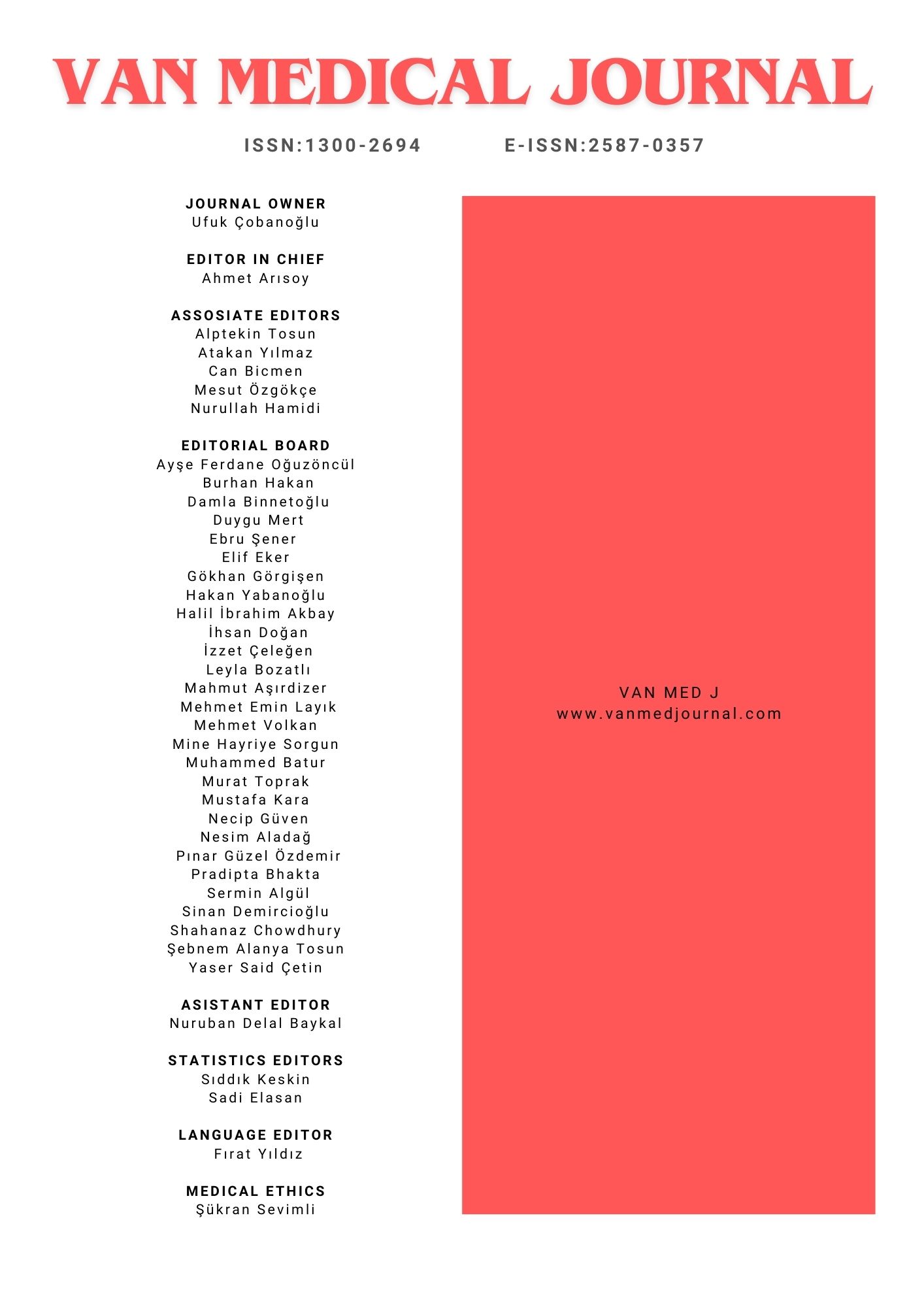Evaluation of procedural pain levels in CAD/CAM crown patients produced by different retraction methods
Beyza Ünalan DeğirmenciDepartment Of Prosthodontics, Van Yuzuncu Yil University, Van, TurkeyINTRODUCTION: The aim of this clinical study is to evaluate the pain levels of single crown patients who were produced with CAD/CAM (computer aided design and computer aided production) technique using 3 different retraction systems at the time of the procedure, at the 1st day and at the 1st week.
METHODS: 60 mandibular molar teeth in 60 patients with crown indication were included in our study. The preparation of the teeth was designed by a single clinician at the subgingival level and the chamfer end line and the patients were divided into 3 according to the retraction technique used: mechano-chemical method, chemical method and surgical method. Crowns are digitally designed and manufactured with CAD/CAM. During the procedure, patients were asked to score their pain levels on the 1st day and 1st week after the procedure with VAS. The data were analyzed with SPSS program and Friedman test was used to compare the temporal changes of intra-group VAS values.
RESULTS: The pain score median values during the procedure differ according to the groups. During the procedure, while the highest pain score was in the mechano-chemical method, the lowest pain scores were determined in the chemical method. In the first week, VAS scores were 0 in both surgical and chemical methods.
DISCUSSION AND CONCLUSION: The lowest procedural pain level in gingival retraction was determined in the chemical method group. It can be commented that Er, Cr: YSGG laser can be a good alternative because of low pain levels in the throughing technique.
Farklı retraksiyon yöntemleri kullanılarak üretilen CAD/CAM kuron hastalarında prosedürel ağrı düzeylerinin değerlendirilmesi
Beyza Ünalan DeğirmenciVan Yüzüncü Yıl Üniversitesi Diş Hekimliği Fakültesi, Protetik Diş Tedavisi Ana Bilim Dalı, VanGİRİŞ ve AMAÇ: Bu klinik çalışmanın amacı 3 farklı retraksiyon sistemi kullanılarak CAD/CAM (bilgisayar destekli tasarım ve bilgisayar destekli üretim) tekniği ile üretilen tek kuron hastalarının işlem anındaki, 1. gündeki ve 1. haftadaki ağrı seviyelerinin değerlendirilmesidir.
YÖNTEM ve GEREÇLER: Çalışmamıza kuron endikasyonu konulan 60 hastadaki 60 mandibular molar diş dahil edilmiştir. Dişlerin preparasyonu tek bir klinisyen tarafından subgingival seviyede ve chamfer bitim çizgisinde dizayn edilmiş ve hastalar kullanılan retraksiyon tekniğine göre 3’e ayrılmıştır: mekano-kimyasal yöntem, kimyasal yöntem ve cerrahi yöntem. Kuronlar CAD/CAM ile dijital olarak dizayn edilip üretilmiştir. Hastalardan prosedür sırasında, prosedür sonrası 1. gün ve 1. haftada hissetikleri ağrı seviyelerini VAS ile skorlamaları istenmiştir. Veriler SPSS programı ile analiz edilmiş ve grup içi VAS değerlerinin zamansal değişimlerinin karşılaştırılmasında Friedman testi kullanılmıştır.
BULGULAR: Prosedür esnasındaki ağrı skor medyan değerleri gruplara göre farklılık göstermektedir. Prosedür esnasında en yüksek ağrı skoru mekano-kimyasal yöntemde iken, en düşük ağrı skorları kimyasal yöntemde tespit edilmiştir. 1. haftada ise hem cerrahi hem de kimyasal yöntemde VAS skorları 0 dır.
TARTIŞMA ve SONUÇ: Gingival retraksiyonda en düşük prosedürel ağrı düzeyi kimyasal yöntem grubunda tespit edilmiştir. Cerrahi yöntem olan Er,Cr: YSGG lazer ile throughing tekniğinde düşük ağrı seviyeleri gözlemlenmiş olması nedeniyle iyi bir alternatif olabileceği yorumunda bulunulabilir.
Corresponding Author: Beyza Ünalan Değirmenci, Türkiye
Manuscript Language: Turkish

